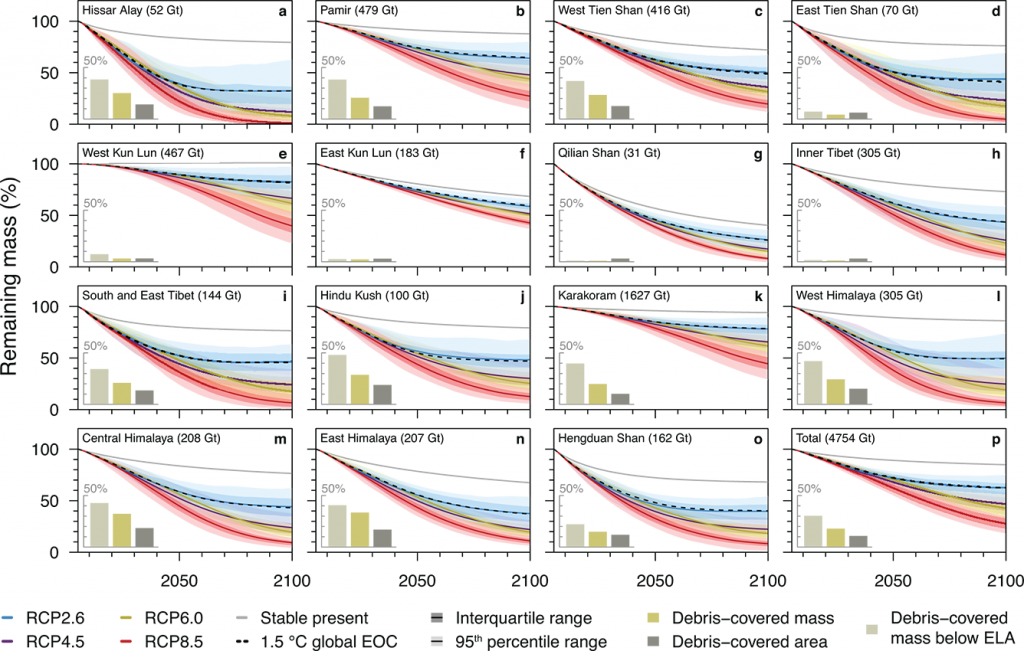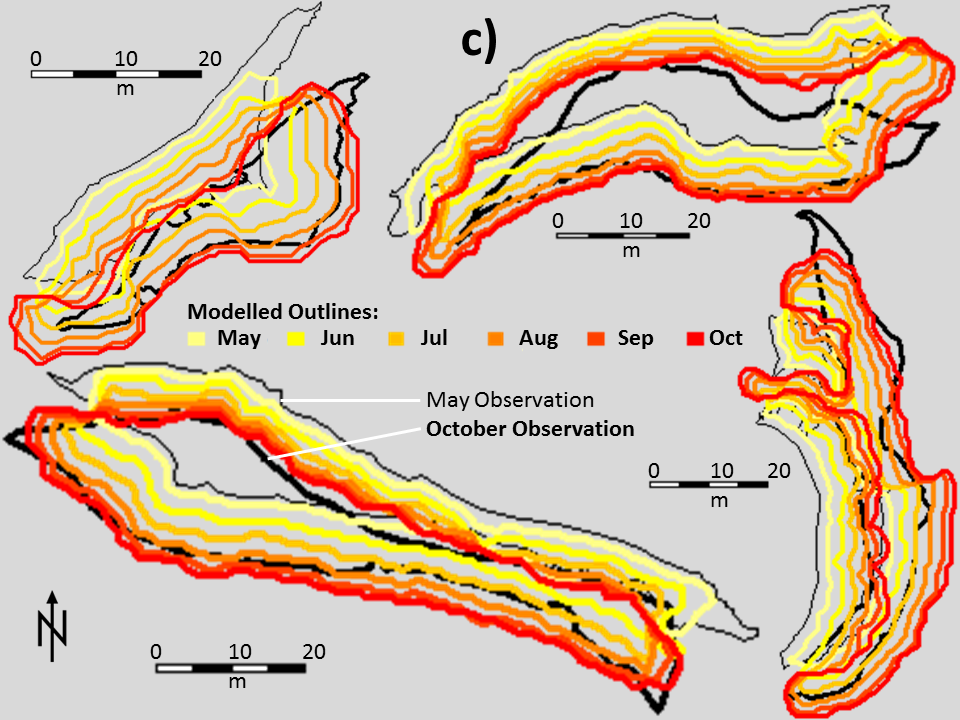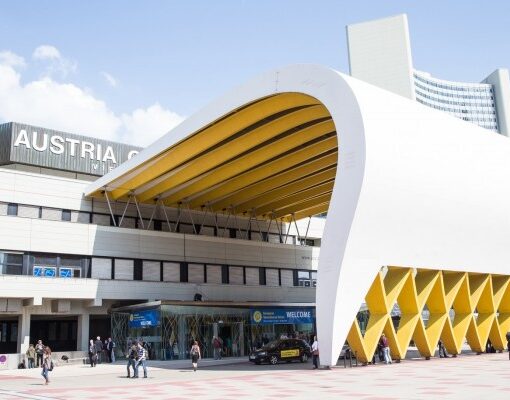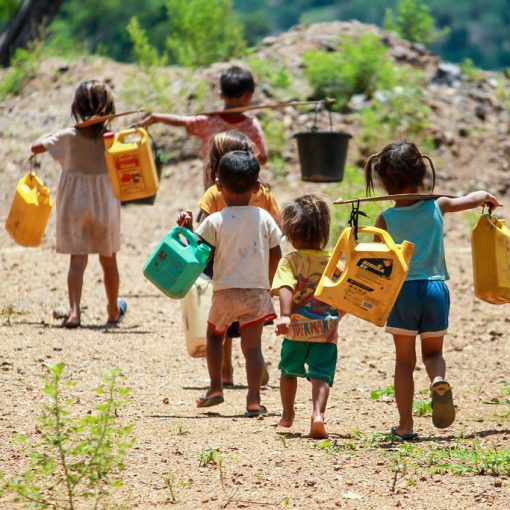In our new study published in Nature last week, we show that even if the planet only warms up by 1.5 degrees Celsius 36% of all Asian glacier ice will have melted by the end of the century. More extreme temperature scenarios, for example the ones projected by IPCC’s RCP8.5, will result in mass losses of up to 64%.
Glaciers in the high mountains of Asia play a substantial role in regional water resource and they have been losing mass over the last decades (e.g. Brun et al, 2017), a trend that is most likely to persist under future temperature rise. At the 2015 UN Climate Change Conference in Paris, 195 nations signed the “Paris Agreement” and agreed on efforts to limit the global temperature rise to 1.5 °C. It was unknown, however, how much of Asia’s ice mass would be lost under such a scenario, or under more extreme temperature scenarios.
To determine this, we have developed a glacier model for all individual Asian glaciers larger than 0.4 km2. We have forced the glacier model transiently up to 2100 by the full CMIP5 ensemble of 110 climate models, and have taken into account present-day climate, the imbalance of the glaciers, and the effect of debris cover.
Our results show that only a handful of the climate models project a global temperature rise of 1.5 °C and that the glaciers in the region warm consistently more than the global mean because of elevation dependent warming. By the end of the current century the 1.5 °C scenario results in a loss of over one third of the present-day ice mass in the region, while mass losses projected under more extreme temperature projections go up to almost two third.
We have also found that there are large regional differences in projected mass loss, which are caused primarily by regional differences in debris cover, ice mass, present-day glacier imbalance, and glacier sensitivity to climate perturbations.

To learn more about our study refer to the paper below, or have a look at our visual story line.
Kraaijenbrink, P. D. A., Bierkens, M. F. P., Lutz, A. F., & Immerzeel, W. W. (2017)
Nature, 549(7671), 257-260. DOI: 10.1038/nature23878





